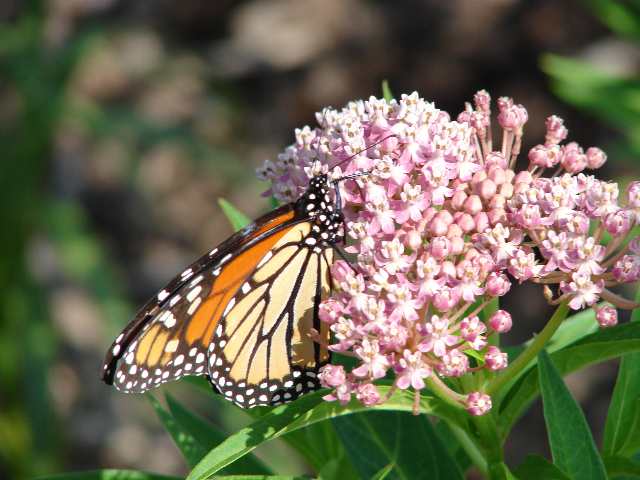Helping out pollinators is more and more popular right now, and we couldn’t be happier. One of the most important things you can do is add some native plants to your landscape. We also talked in another blog post about how important biodiversity is (and what it is) and how native plants are the backbone of healthy ecosystems. But if you’re new to the world of native plants, you probably have a lot of questions before you’re ready to jump in. Maybe you just want some clarity on what they even are, or where you can find them, or how they will look at home. We’ll take a look at these questions and others and try to give you some helpful starting information.
What counts as a native plant?
There is no strict definition for what counts as a native plant, but the closer a plant’s natural growing range is to your area the better. The goal in planting native plants is to provide habitat and food for other native wildlife species, so they farther you go the less likely the plant will be a good fit for your local insects and birds. State boundaries are common guidelines, but not a hard and fast rule. For example, here in the greater Cincinnati area, we can look at lists for Kentucky, Ohio, and Indiana. It’s also important that you are picking a native species that fits your conditions. Plants are adapted to specific light, water, and fertility levels, and you need to match those, just like you would with any other plant you add to your yard.
Why aren’t more people using native plants?
The number one reason is probably lack of awareness. But even after knowing more, not everyone is ready to jump in and embrace native plants. Let’s take a look at four common reasons that people are reluctant and how to answer them.
Native plants look messy.
It is true that some native species have an unkempt appearance. However, there are many that remain quite tidy and manageable, especially if you use a variety selected for landscape use. One reason for this misconception could be that people rarely see native plants in formal designs, or because they don’t recognize a common native plant when they do see it in a conventional design. While it’s always an option to make a wild and free prairie, there are many more tame options. And for some species, there are varieties that are chosen to be especially friendly for landscapes. For some good lists of plants that are chosen to be garden-friendly, check out the Cincinnati Zoo’s top recommendations.
Don’t native plants get devoured by insects?
Native insects do eat native plants, and if you just grow one plant of one species it may get chewed up. But if you plant native species in groupings, the insects will spread out, and you’ll barely notice any damage. In fact, research has shown that the amount of noticeable insect damage in a well-designed native landscape is no different than the amount of insect damage in a traditional planting.
I don’t know where to buy native plants.
More and more garden centers are carrying native plants or varieties of natives. If a garden center doesn’t carry any, it doesn’t hurt to ask! The more we ask for native plants, the more available they will become. If you do pick a variety of a native plant rather than the naturally occurring version of the plant (typically called the straight species), the closer that variety is to the original plant the more good it will be doing. An orange double coneflower will not attract nearly as much wildlife as a purple single coneflower. You can also keep an eye out for limited time native plant sales. The Civic Garden Center of Greater Cincinnati hosts a few sales every year.
The plants I love are not native species.
If you take the time to get to know your native plants, you’ll probably be surprised by some of the beautiful options. But it’s okay to have non-native plants as well. You can have a mixed garden of native and non-native plants and still be providing a haven of biodiversity, especially compared to the non-native landscapes that have become the norm. And there’s no need to overhaul your entire landscape at once! Try experimenting a little at a time by finding one or two native species you like and adding them to your garden.
One of the best parts about landscaping with native plants is that you can see results very quickly! Just one year of milkweed in your yard can bring in some monarch butterflies. A few years can bring more songbirds. The positive effects will build up quickly enough for you to notice if you pay attention, and even more quickly if you convince your neighbors to join in!
